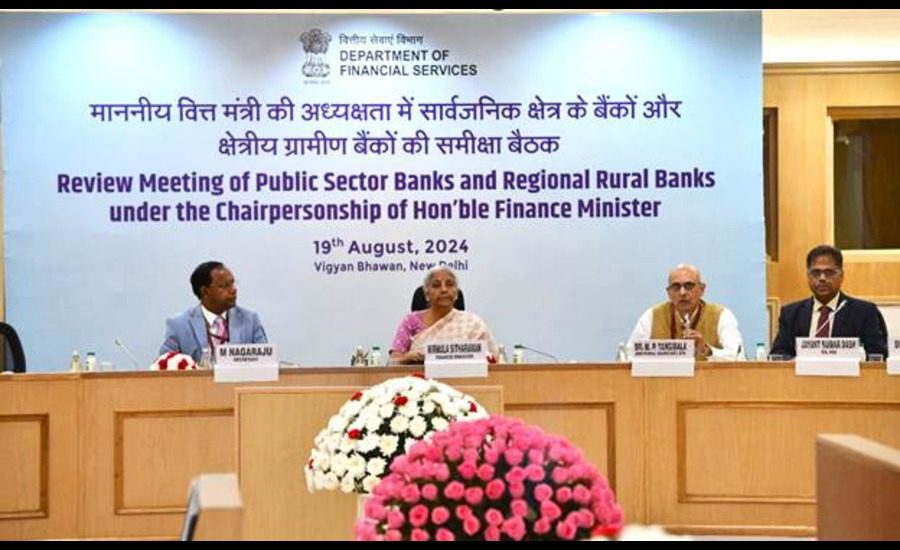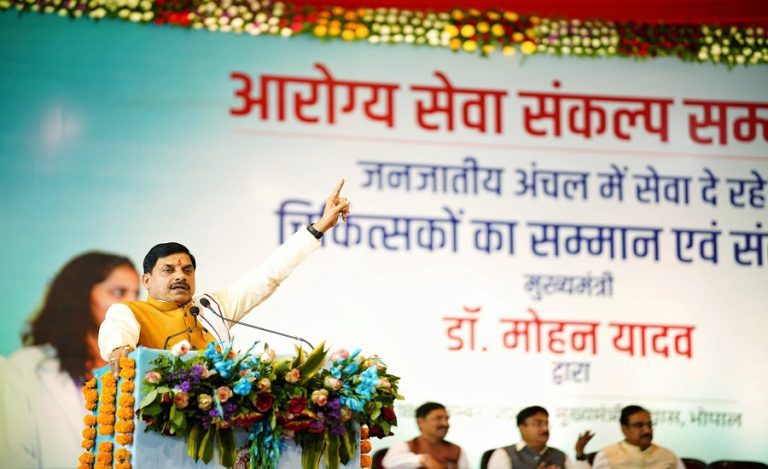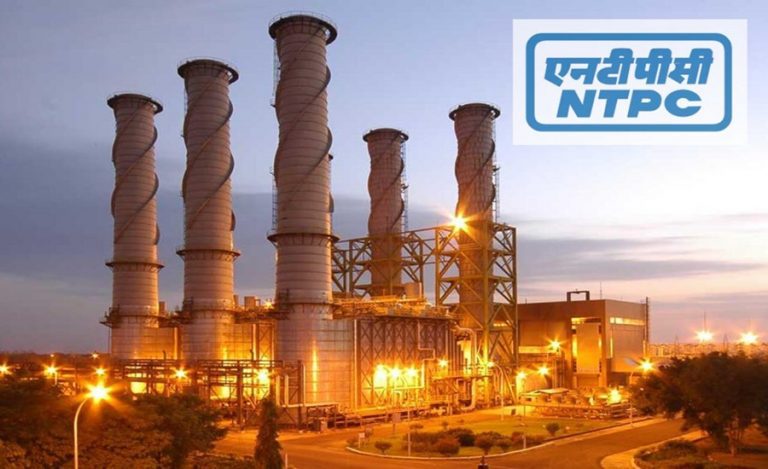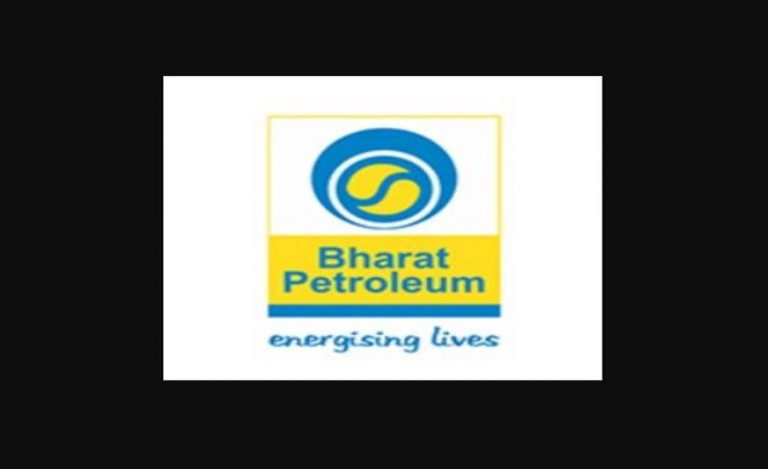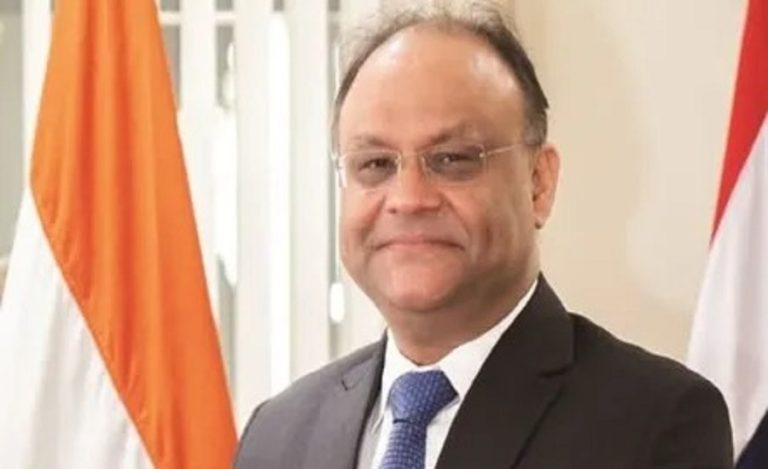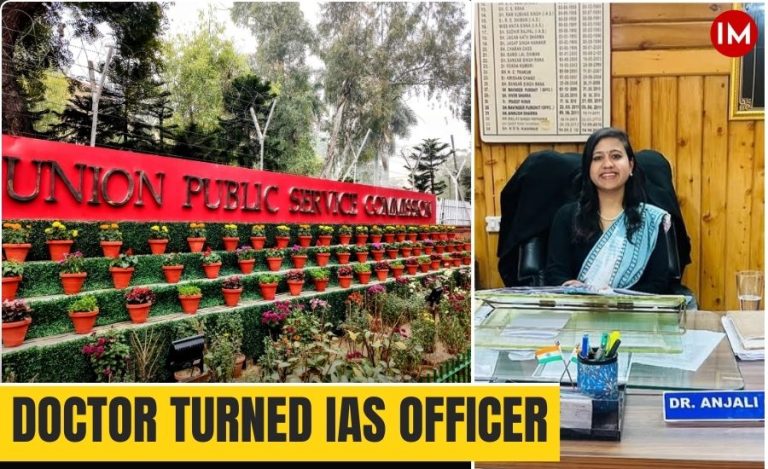New Delhi: To keep the economic momentum alive, Finance Minister Nirmala Sitharaman has asked public sector banks (PSBs) to accelerate their credit growth and preserve profitability this financial year. This was in the wake of the Reserve Bank of India (RBI) deciding to cut the repo rate by 50 basis points to 5.5% in order to improve liquidity and spur lending activity in productive sectors.
During a comprehensive performance review meeting with heads of PSBs, Sitharaman took stock of key financial indicators and government scheme performance. She noted the record ₹1.78 lakh crore in cumulative profit earned by 12 PSBs in FY25 — a robust 26% increase year-on-year, equivalent to a ₹37,100 crore rise.
Credit Growth & Liquidity
The Finance Minister urged banks to capitalize on the RBI’s policy easing — including the 1% cut in the cash reserve ratio (CRR) that will inject an estimated ₹2.5 lakh crore into the banking system — by expanding credit to sectors that drive real economic activity. She emphasized that FY26 credit growth should meet or surpass FY25 levels, banking on the favorable rate environment and liquidity surge.
Financial Inclusion & Customer Outreach
In a bid to deepen financial access, Sitharaman asked banks to accelerate customer onboarding for flagship government schemes, including:
- Kisan Credit Card (KCC)
- Pradhan Mantri Mudra Yojana (PMMY)
- Pradhan Mantri Jeevan Jyoti Bima Yojana (PMJJBY)
- Pradhan Mantri Suraksha Bima Yojana (PMSBY)
- Atal Pension Yojana (APY)
She also called on banks to mobilize more low-cost deposits, which can sustain lending at competitive rates and improve net interest margins.
Asset Quality & NPAs
Appreciating the current low levels of non-performing assets (NPAs), Sitharaman expressed confidence in the leadership of PSBs to maintain asset quality. The focus on responsible lending, recovery mechanisms, and due diligence has helped banks build resilience in recent years.
Policy Context: RBI’s Aggressive Easing
The RBI’s unexpected policy shift on June 6, led by Governor Sanjay Malhotra, marked the largest rate cut in over three years. Alongside the repo rate cut, the reduction in CRR to 3% (to be implemented in phases) aims to provide banks with ample liquidity to support lending expansion.

